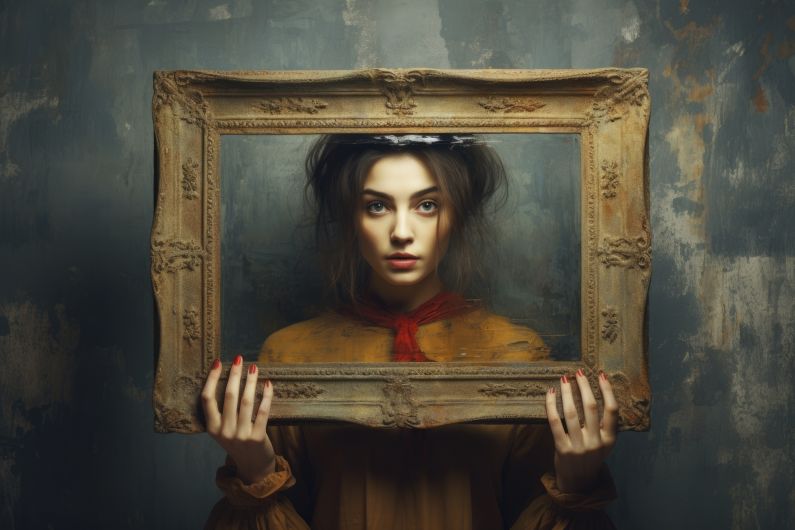Topic
French art and artists
France’s Artistic Legacy
From the Renaissance to the present day, French art has been characterized by its unique blend of elegance, sophistication, and innovation.
Join us on an artistic adventure through the history of French art, uncovering key movements, styles, and the fascinating lives of influential French artists who have left an indelible mark on the world of art.
Overview of French Art History
French art has a long and storied history, dating back to the Middle Ages. Key periods include the Renaissance, Baroque, Rococo, Neoclassicism, Romanticism, Realism, and Impressionism.
French art has bees influencied by movements and styles from other European countries, as well as by French artistic techniques and influences that have evolved over the centuries.
Significant Movements in French Art
- Renaissance: Jean Clouet and Nicolas Poussin were prominent figures during this period of artistic revival and classical inspiration.
- Baroque: Jean-Antoine Watteau’s Fête Galante paintings epitomize the grandeur, drama, and emotion of the Baroque style.
- Rococo: Characterized by playful elegance and lovely depictions of courtship rituals, the Rococo movement is exemplified by the works of Jean-Antoine Watteau.
- Neoclassicism: Jacques-Louis David and Eugène Delacroix introduced the world to this style, which emphasized classical forms and themes.
- Romanticism: Gustave Courbet and Eugène Delacroix infused art with raw emotion and drama, capturing the spirit of the Romantic era.
- Realism: Gustave Courbet and Jean-François Millet portrayed everyday life with unfiltered realism, challenging traditional norms and paving the way for new artistic directions.
- Impressionism: Claude Monet, Pierre-Auguste Renoir, and Paul Cézanne revolutionized art with their innovative approach to light, color, and the representation of fleeting moments.
Profiles of Influential French Artists
- Jean Clouet: A court painter during the French Renaissance, known for his exquisite portraits that captured the essence of his subjects.
- Nicolas Poussin: Revered as the Father of French classical heritage, his works epitomize the grandeur and elegance of the Baroque era.
- Jean-Antoine Watteau: A master of Rococo art, celebrated for his enchanting Fête Galante paintings that depict courtly life and love.
- Jacques-Louis David: A prominent Neoclassical painter who championed classical ideals and supported the monarchy during tumultuous times.
- Gustave Courbet: A trailblazer in Realism, challenging conventions with his raw and honest portrayals of everyday life and the human condition.
- Eugène Delacroix: A Romantic painter renowned for his vivid colors, emotional intensity, and dramatic compositions.
- Claude Monet: An Impressionist pioneer, capturing fleeting moments of light and atmosphere in his iconic landscapes and water scenes.
- Pierre-Auguste Renoir: Known for his luminous portraits and landscapes, embodying the essence of Impressionism with his joyful, colorful brushstrokes.
- Paul Cézanne: A master of still-life compositions and landscapes, bridging the gap between Impressionism and the emerging Cubist movement with his innovative approach to form and perspective.
French Art Museums, Galleries, and Auctions
France is home to numerous prestigious French art museums such as the Louvre, Musée d’Orsay, and Centre Pompidou, which house extensive collections of French and international art.
These institutions serve as bastions of cultural heritage, showcasing the evolution of French art from the Middle Ages to the present day.
French art galleries and auction houses like Sotheby’s and Christie’s play a significant role in the global art market, offering collectors and enthusiasts the opportunity to acquire works by Famous French Artists and Contemporary French Art.
French Artistic Techniques and Influences
French artists have developed and mastered a wide range of techniques over the centuries, from the delicate brushwork of oil painting to the bold expressiveness of sculpture and the intricate details of printmaking.
French artistic techniques have been influenced by artistic movements from other countries, as well as by the social, political, and cultural landscape of France itself.
The interplay between tradition and innovation has been a hallmark of French art, with each generation of artists building upon the foundations laid by their predecessors.
Women in French Art
While traditionally underrepresented in the annals of art history, women in French art have made significant contributions throughout the centuries.
Artists like Élisabeth Vigée Le Brun, Rosa Bonheur, and Suzanne Valadon have left their mark on French art, challenging societal norms and pushing the boundaries of artistic expression.
Their works offer a unique perspective on the human experience, shedding light on the lived realities of women in France and beyond.
French Art Education, Criticism, and Publications
France has a rich tradition of art education, with institutions like the École des Beaux-Arts producing many renowned artists over the years.
These institutions have played a crucial role in shaping the artistic landscape, fostering creativity and innovation while upholding the principles of technical mastery and artistic expression.
French art criticism and publications have also played a vital role in shaping the discourse around French art, with influential critics and writers such as Théophile Gautier and Charles Baudelaire offering insightful analyses and commentary on the works of their time.
French Art Festivals, Events, and Restoration
France hosts numerous French art festivals and Events that celebrate the country’s artistic heritage, such as the Nuit Blanche in Paris and the Rencontres d’Arles photography festival.
These events bring together artists, art enthusiasts, and the general public, fostering a sense of community and appreciation for the arts.
Art restoration in France is also an important field, with experts working tirelessly to preserve the country’s artistic treasures for future generations.
By ensuring the longevity of these works, restoration efforts help to safeguard the cultural legacy of France and its people.
A Legacy of Creativity and Innovation
France artistic legacy is a testament to the enduring power of creativity and innovation.
From the grandeur of the Renaissance to the avant-garde movements of the modern era, French art continues to inspire and captivate audiences worldwide.
As France forges ahead into a new artistic frontier, its commitment to artistic expression, cultural preservation, and global collaboration ensures that the flame of creativity will continue to burn brightly for generations to come.
